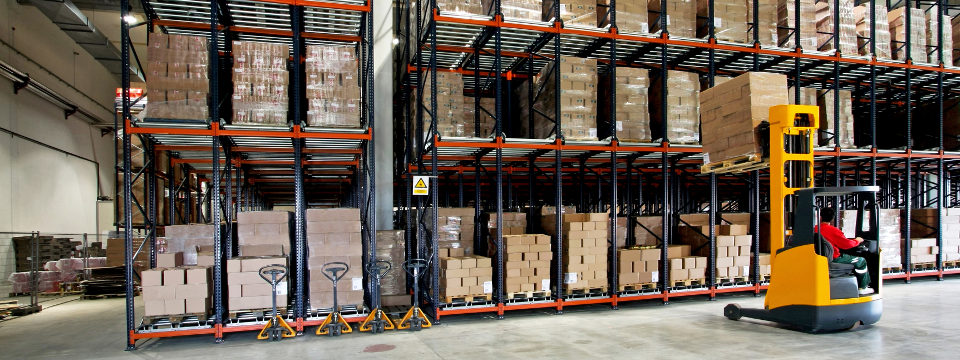

Real wood: Veneer edgings and end grain veneer should be stored in a tightly sealed plastic bag. This prevents them from drying out and becoming brittle.
PVC & ABS: The manufacturer’s guarantee for plastic edgings is 1 year. Under ideal storage conditions ABS edgings have a significantly longer storage life.
In order to keep the initial tightness, edging should be stacked horizontally. The best temperature for storage is a constant room temperature of 17-20 degrees C. Edging should be stored away from dust and it should be protected from spray and UV light at all times. Storing your edge banding in a room with no windows is best practise as UV light destroys the applied primer.
In winter newly delivered edgings have to adjust to the cooler temperature as it’s more frequently the case that edgings stick badly. The reason is that boards and/or edgings are stored too cold. The glue sets too quickly through the application of adhesive on the cold surface. This leads to poor adhesion. Therefore, newly delivered boards and edgings should be stored at least 24 hours at room temperature before being processed. On delivery it can take boards on pallets up to 3 days until the middle boards have reached room temperature. It’s also possible that edgings don’t stick properly on hot days. The reason for this is often draughts through open windows. If this happens the open time of the glue is exceeded.
It is important not to have an over stocked warehouse full of redundant edgebanding.
Here at Merenda we employ the principals of LEAN and specifically the 5S strategy. Bringing Lean practices into your warehouse will yield results in terms of keeping stock control levels tight and also keeping the margin of error low during stocktake. Making Lean part of your warehouse culture will create an environment where problems are immediately visible.
Sort
Your warehouse can be sorted by type of object, chronology of order cycle or most-to-least used. Lean warehousing requires a willingness to implement whatever system will result in the most efficient warehouse for your organisation. Once you establish the right categories and sort criteria, it’s important to make sure that there is a place for everything.
Set
Traditional Lean practices encourage a streamlined warehouse setup, arranged in order of the picking process. Optimal warehouse setup will have the shortest possible distance between each step.
Shine
Warehouses suffer when they don’t consider cleanliness of the warehouse as a critical element of the organisation, whereas clean warehouses free up space to be more productive and profitable.
Standardise
Standardising is the hallmark of the Lean methodology. The focus of lean is standardized work. Standardized work defines process stability. If standardized work cannot be completed as defined, it signals instability. A perfect example of this is standardised labels in a Lean warehouse. Labels that have all the information needed for any container or product in the warehouse will greatly increase efficiency. Eliminating waste is another Lean warehouse principle — standard labels should get rid of wasteful or unnecessary clutter.
Sustain
Sustaining is where regular analysis and reassessment occurs — a Lean warehouse make continuous improvement a priority.